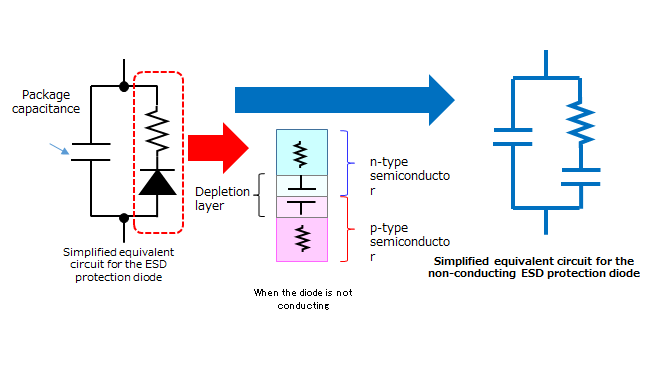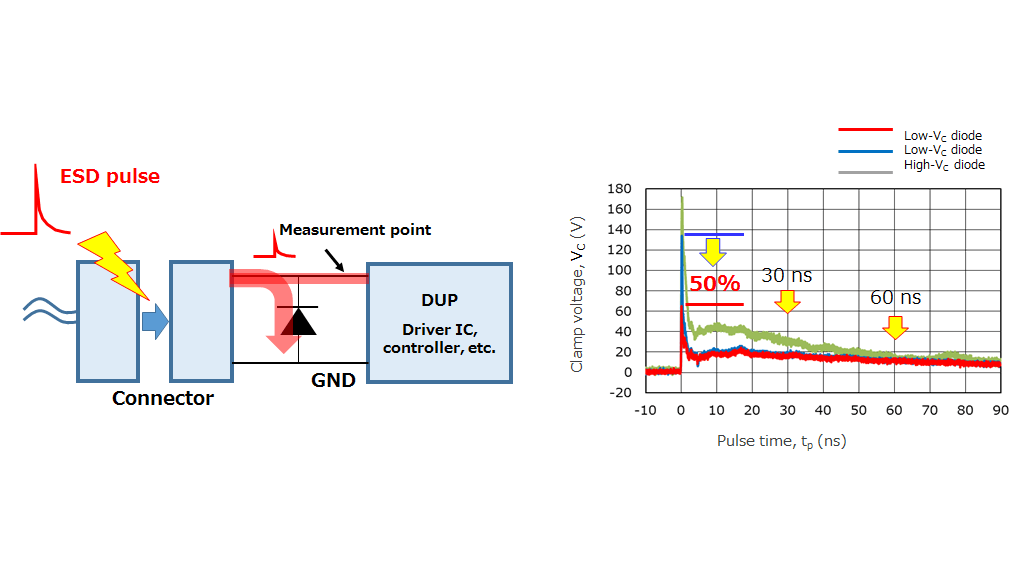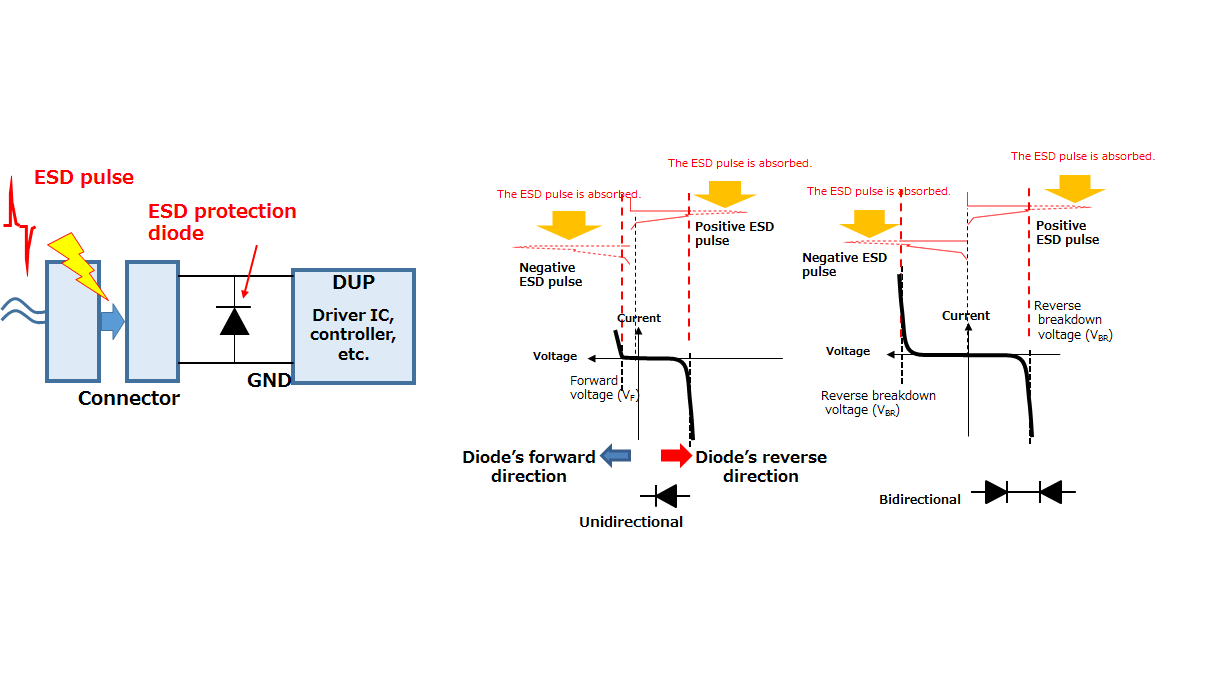- 半導體首頁
-
應用Automotive
Body Electronics
xEV
In-Vehicle Infotainment
Advanced Driver-Assistance Systems (ADAS)
Chassis
IndustrialInfrastructure
BEMS/HEMS
Factory Automation
Commercial Equipment
Consumer/PersonalIoT Equipment
Healthcare
Wearable Device
Mobile
Computer Peripherals
-
產品車用元件
Discrete Semiconductor
Diodes
電晶體
通用邏輯IC
Analog Devices
Digital Devices
Wireless Devices
※
: Products list (parametric search)
功率半導體※
: Products list (parametric search)
隔離器/固態繼電器Photocouplers
Digital Isolators
※
: Products list (parametric search)
MOSFETsIGBTs/IEGTs雙極性電晶體※
: Products list (parametric search)
Diodes※
: Products list (parametric search)
微控制器馬達驅動 ICs智能功率 ICs※
: Products list (parametric search)
電源管理 ICs線性 ICs※
: Products list (parametric search)
通用邏輯 ICs線性影像感測器其他產品其他產品
※
: Products list (parametric search)
-
開發/設計支援
開發 / 設計支援
-
技術知識
- 購買管道
- 型號 & 關鍵字搜尋
- 交叉搜尋
- 參數搜尋
- 線上庫存查詢跟購買
This webpage doesn't work with Internet Explorer. Please use the latest version of Google Chrome, Microsoft Edge, Mozilla Firefox or Safari.
型號需要超過三個文字以上 Search for multiple part numbers fromhere.
The information presented in this cross reference is based on TOSHIBA's selection criteria and should be treated as a suggestion only. Please carefully review the latest versions of all relevant information on the TOSHIBA products, including without limitation data sheets and validate all operating parameters of the TOSHIBA products to ensure that the suggested TOSHIBA products are truly compatible with your design and application.Please note that this cross reference is based on TOSHIBA's estimate of compatibility with other manufacturers' products, based on other manufacturers' published data, at the time the data was collected.TOSHIBA is not responsible for any incorrect or incomplete information. Information is subject to change at any time without notice.
型號需要超過三個文字以上
3-2 Key characteristics for protection against ESD events(1)
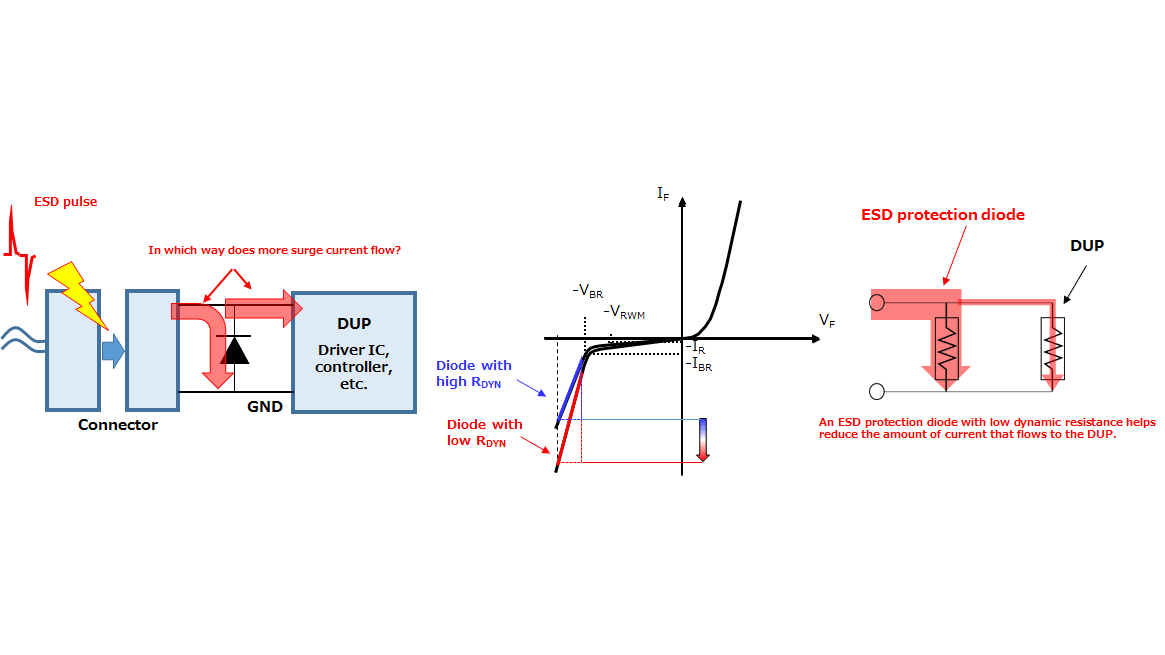
3-2(1) Low dynamic resistance (RDYN)
In the event of an ESD strike, the ESD current flows to both the ESD protection diode and the device under protection (DUP). It is important to reduce the current flowing to the DUP (i.e., increase the current shunted through the ESD protection diodes).
Nowadays, the datasheets for ESD protection diodes show their dynamic resistance (RDYN). RDYN is the slope of the VF–IF curve in reverse conduction mode. In the event of an ESD strike, ESD protection diodes with lower dynamic resistance conduct more current at a given voltage.
From the connector side, the impedances of the ESD protection diode and the DUP can be regarded as being connected in parallel. If the ESD protection diode has low impedance (i.e., dynamic resistance), most of the surge current is shunted through the ESD protection diode, reducing the current that flows to the DUP and therefore the possibility of its destruction.
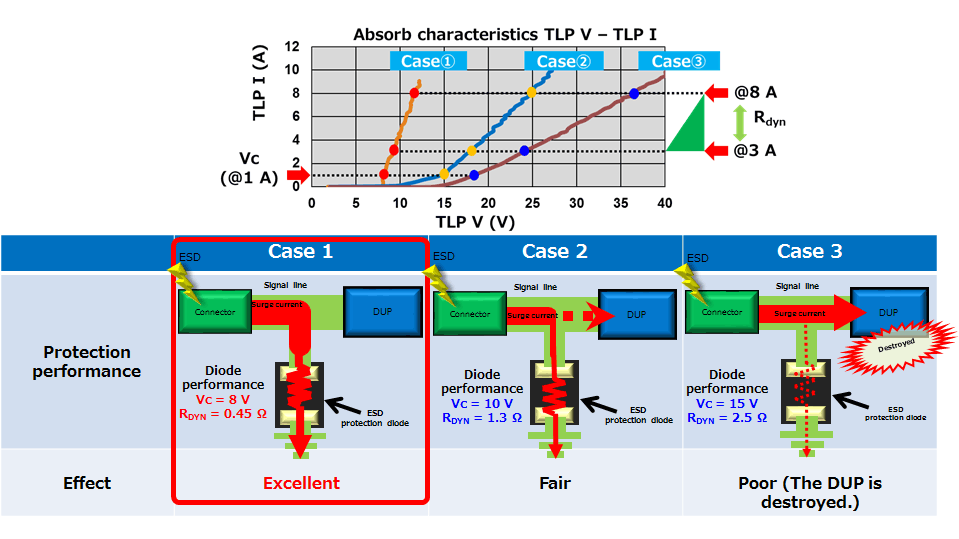
Figure 3.9 illustrates how to calculate dynamic resistance (RDYN) of an ESD protection diode and where surge current flows in the event of an ESD strike. If the ESD protection diode has low impedance (i.e., dynamic resistance), most of the surge current is shunted to GND through the ESD protection diode, reducing the current that flows to the DUP. Therefore, the ESD protection diode helps prevent the destruction of the DUP due to an ESD strike. A transmission line pulse (TLP) test applies short pulses with a duration on the order of nanoseconds to study the current-voltage (I-V) characteristics of a diode based on the current-voltage relationship over time. In the following graph, TLP I and TLP V represent current and voltage, respectively.
3 Key electrical characteristics of TVS diodes (ESD protection diodes)
- 1 What is a TVS diode (ESD protection diode)?
- 2 Basic operations of TVS diodes (ESD protection diodes)
- 4 Selection guidelines for TVS diodes (ESD protection diodes)
- 5 Layout considerations for TVS diodes (ESD protection diodes)
- 6 Absolute maximum ratings of TVS diodes (ESD protection diodes)
- 7 Electrical characteristics of TVS diodes (ESD protection diodes)
Related information
- Product Web Page
TVS Diodes (ESD protection diodes) - Applidcation Notes
Diode - FAQ
TVS diodes (ESD protection diodes) - Parametric searches for all Toshiba TVS diode (ESD protection diodes) produ cts are available here:
Parametric search - Stock Check & Purchase Toshiba TVS diode (ESD protection diodes) here
Stock Check & Purchase




